
School Meals Programs: Expanding Access through Innovative Financing to Accelerate Progress Towards the SDGs
A joint blog from the SDG2 Advocacy Hub, Global Child Nutrition Foundation, the Sustainable Financing Initiative for School Health and Nutrition, and World Vision.
With less than five years remaining, the world is at a critical juncture in achieving the 2030 Sustainable Development Goals (SDGs). According to the Brookings Institution, at the current pace, the international community, “is fighting a losing battle to achieve the SDGs, which include the eradication of poverty, zero hunger, and quality education for all.”
According to the Global Survey of School Meal Programs, school meal programs are one of the world’s largest safety nets, reaching at least 407.8 million children in 148 countries. Over 100 countries have already signed on to the School Meals Coalition’s goal of providing every child with healthy, nutritious meals in school by 2030. As countries are making difficult tradeoffs and are having to do more with less, expanding school meal programs to deliver co-benefits across multiple SDGs could be a catalyst to turn the tide of the battle.
Despite governments recognizing the catalytic role school meals can play, limited access to financing often acts as a brake on progress. Innovative financing could play a critical role in closing the gap.

13 year old Chandy of Cambodia no longer studies on an empty stomach, thanks to the School Feeding Programme implemented by World Vision International in partnership with the Provincial Department Office of Education, Youth and Sport. Photo credit: World Vision
The SDG2 Advocacy Hub, Global Child Nutrition Foundation (GCNF), The Rockefeller Foundation, the Sustainable Financing Initiative for School Health and Nutrition (SFI) and World Vision united during the 2025 The World Bank–International Monetary Fund Spring Meetings, for a timely discussion on, “School Meals Programs: A Proven, Efficient, and Resilient Safety Net”.
The session highlighted examples from Brazil, Indonesia, and Somalia, discussed models for mobilizing innovative financing to support school meal programs, and officially launched SFI’s paper, “Innovative Financing for School Feeding”. The entire session can be viewed here. Below highlights some of the key messages and way forward from this session.
School meal programs accelerate progress towards a broad spectrum of Sustainable Development Goals (SDGs).
Providing children with nutritious meals at school delivers a range of benefits, bridging policy gaps across food and nutrition security, education, health, and social protection. A well-designed and properly funded home-grown school meal program does more than just nourish young minds—it improves food security and nutrition outcomes, lifts children out of poverty, increases school participation, strengthens learning outcomes, and enhances gender equality. Beyond the classroom, these programs provide governments with a powerful tool to support smallholder farmers, build resilient rural livelihoods, and promote healthier diets for children. They even encourage the growth of sustainable food systems, making a direct impact on both public health and environmental goals.
That’s why the government of Brazil is urging other countries to no longer treat school meal programs as a peripheral issue, but as central to national development. In November 2024, Brazil launched the Global Alliance Against Hunger and Poverty during its G20 Presidency. The Global Alliance recognizes school meals as a cost-effective policy for education, nutrition, agriculture and local economic development.
Brazil’s leadership in this area is backed by one of the world’s most advanced Home-Grown School Feeding (HGSF) models. Brazil’s National School Feeding Program (PNAE), launched in 1954, mandates that at least 30% of the food used in school meals be procured directly from smallholder farmers. Dr. Fabio Veras Soares of the Government of Brazil’s International Policy Centre for Inclusive Development, explains how data from the program has shown incomes among farmers that participate in the program have increased compared to those that haven’t accessed the school food market- particularly for smallholder farmers.
The Global Survey of School Meal Programs, an initiative led by GCNF to collect comprehensive data on school feeding programs worldwide, has gathered data on over 160 countries to date. According to the results published in the 2024 School Meal Programs Around the World report, governments build school meal programs on a broad set of objectives, with 92% citing nutrition and health, 85% education, and 65% as a direct form of social protection. More than 60% of countries surveyed aim to support smallholder farmers, and more than 40% have an explicit gender equity objective in their school meal program. To meet all these goals, multiple government ministries must effectively work together. Finance ministries are involved in only 44% of programs, and yet they hold the keys to ensure adequate and sustainable funding.
Data drawn from the Global Survey of School Meal Programs Database (gcnf.org)
Coverage and quality of school meal programs is lowest where the need is most urgent, and the impact could be greatest.
Today, according to the Global Surveyvresults, school meals reach over 400 million children, 25% of all school-aged children (39% of primary school-aged children). But there’s a challenge: coverage is lowest where it’s needed most. In low-income countries, only 13% of children are receiving school meals compared to 48% in high-income countries.
Coverage Across Income Groups:
Data drawn from the Global Survey of School Meal Programs Database (gcnf.org)
In the 2022-2023 school year, the aggregate budget allocated to school meals was at least $67.2 billion across 147 countries surveyed – a clear sign of increasing financial commitment to these critical programs. Yet despite the global survey data showing that school meal budgets are rising in absolute terms, the real investment per child is falling, especially in low- and lower-middle-income countries – due in part to food price inflation. According to Heidi Kessler, GCNF’s Deputy Director, this means less food, lower quality, or fewer days of meals, right when costs, especially for food and fuel, are rising.
With fiscal space tightening in many countries, many governments are struggling to sustain current coverage, let alone expand to reach the millions of children still left out. To close this widening gap and sustain impact, governments and development partners must look beyond traditional funding sources like national budgets and development assistance to explore new, innovative financing solutions.

School feeding in Indonesia. Photo credit: IFSR/ Indonesia
In January 2025, the government of Indonesia launched its Nutritious Meals Program (MBG), which aims to provide free, nutritious meals to millions of Indonesian children. The Indonesian education system is the fourth largest in the world. Data from UNICEF demonstrates that malnutrition in Indonesia is a major issue, with 1 in 5 children under five years old experiencing stunting and 1 in 5 children aged 5-12 experiencing obesity.
Professor Dadan Hindayana, the school meal program’s director, sees the government of Indonesia’s investment as an important way of investing in the future of its people. “In the next 20 years, Indonesia’s population is projected to increase by 42 million people. Making sure children entering school today have good nutrition now will be an important step in helping them become productive members of society 20 years from now when they are entering the workforce,” stressed Professor Dadan Hindayana.
Financing constraints are limiting the capacity to scale up school meal programs where they are needed most. Mobilizing more and better-quality financing is critical.
Budget constraints are making it ever more difficult for governments to expand school meal programs; despite the essential role they play in advancing the SDGs. According to The World Bank, low-and middle-income countries (LMICs) now carry higher debt levels than the decade before the pandemic, and the burden of servicing this debt has grown. Rising inflation has further eroded available resources, leaving less room for investment in school meal programs.
The Sustainable Financing Initiative (SFI) for School Health and Nutrition, launched in 2022, is an initiative of the School Meals Coalition. It was established to work with governments in low-income and lower-middle-income countries to find sustainable and innovative ways to finance their school meal programs. Scenarios developed by the SFI estimate that by 2030, global coverage rates could realistically be increased from 25% of school-aged children who currently receive meals in schools to 60%, reaching an additional 236 million children. The incremental cost increase would amount to around $3.6 billion a year globally through the year 2030 though new funding sources are needed.
Innovative financing could play an important role in closing the investment gap.
Closing the investment gap for school meal programs requires creative financial solutions. Innovative financing models offer powerful ways to generate funding, helping to ensure millions more children can receive the nutrition they need to learn and thrive. Several innovative financing options are outlined within SFI’s newest paper, “Innovative Financing for School Feeding”, including a variety of mechanisms from finding resources domestically to mobilizing multilateral support, along with the role of multilateral development banks (MDBs) and other development partners.
Domestic Financing
According to SFI Senior Advisor Dr. Liesbet Steer, sin taxes (special taxes imposed on goods and activities considered harmful or undesirable, such as alcohol, tobacco, gambling, and sugary drinks) offer a triple win for countries- they raise revenue, improve public health, and could help fund school meals. These taxes already play a crucial role in national budgets and health financing, but earmarking them for school meals could amplify their impact. Taxing sugar-sweetened beverages, especially those marketed to children, presents a compelling political case. As an example, in the Philippines, sin taxes fund much of the country’s public health system and could be a model for other countries to explore.
Another promising approach is leveraging natural resource revenues (income generated from the extraction and sale of natural resources like oil, gas, minerals, and timber). Many resource-rich nations could fund school meals sustainably by taxing extractive industries. This strategy would ensure that the wealth generated from natural resources supports the health and education of the next generation.
International Cooperation
On the global stage, debt swaps (where a portion of a country’s debt is converted into funding for development programs) have emerged as a valuable tool to free up fiscal space. But they are not enough on their own. In many low and middle-income countries, broader debt relief is essential to freeing up more resources for social programs like school meals.
This is particularly true in Somalia, where decades of compounding crises, including conflict, climate change and economic devastation – have severely impacted the education system, leaving 65% of school-aged children (3.3 million children) out of school. As part of its National Transformation Plan 2025-2029, Somalia aims to reach 75% of all school-aged children with quality education and boost enrollment among vulnerable groups by 30%. School meals are seen as a key driver in achieving these goals, offering a powerful incentive for families to send their children to school.
Yet Somalia faces extraordinary fiscal constraints. As Dr. Uweis Abdullahi Ali, Somalia’s Chief Economic Advisor, notes, the country has one of lowest tax-to-GDP ratios in the world – just 3% – and over 80% of public spending going towards national security, only 2% is left for education and health spending. Sustaining and expanding school meals in this context would be incredibly challenging. In December 2023, Somalia secured debt relief under the Heavily Indebted Poor Country Initiative and has now finalized debt relief agreements with various creditors.

Imam Nawawi school, Garowe, Puntland, Somalia. Photo: WFP/Madelene Cronjé
Yet Somalia faces extraordinary fiscal constraints. As Dr. Uweis Abdullahi Ali, Somalia’s Chief Economic Advisor, notes, the country has one of lowest tax-to-GDP ratios in the world – just 3% – and over 80% of public spending going towards national security, only 2% is left for education and health spending. Sustaining and expanding school meals in this context would be incredibly challenging. In December 2023, Somalia secured debt relief under the Heavily Indebted Poor Country Initiative and has now finalized debt relief agreements with various creditors.
Dr. Ali sees innovative financing tools – particularly debt swaps – as a promising opportunity to free up fiscal space to bolster Somalia’s school meal program. One such opportunity is a potential debt swap with Spain, which could channel much needed resources to school meals. However, Somalia currently lacks the resources to meet the counterpart funding requirements needed to execute a debt swap agreement. As Dr. Ali remarked, this is where development partners can play an enabling role, and Somalia is looking to explore how partners can step in to help unlock this opportunity.
Unlocking MDB Financing & Other Strategic Partnerships
An underutilized avenue of innovative financing is climate finance (funding aimed at supporting efforts to combat climate change, including reducing greenhouse gas emissions and adapting to its impacts). School meals contribute to adaptation and resilience, yet they rarely feature in climate funding discussions. Prioritizing them in global climate strategies could unlock new support for vulnerable communities.
Blended finance (an approach that combines public, philanthropic, and private capital to fund projects that support sustainable development) could strengthen local food supply chains, helping farmers and producers deliver nutritious meals. Although it won’t directly fund meal distribution, it can build the infrastructure needed to sustain these programs long-term.
Multilateral development banks (MDBs) also have a critical role to play. Beyond their financial firepower, MDBs bring deep sectoral expertise and the capacity to deploy creative financial engineering that can help “stretch” limited capital, making them well placed to support governments in their ambitions to finance the scale up and improvement of school meal programs.
Yet despite these strengths, MDB support for school meals remains far below its potential. For example, with the right level of engagement, MDBs can deploy balance sheet innovations like donor-funded risk guarantees. A good example is the International Finance Facility for Education (IFFEd), which can leverage $40 million in donor contributions to mobilize $1 billion in MDB lending – a 27:1 ratio. MDBs also have tools to unlock untapped global resources. Hybrid capital instruments backed by Special Drawing Rights (SDRs) could unlock billions in additional resources, with almost $400 billion in SDRs sitting idle on the balance sheets of high-income countries.
Co-financing with partners provides another pathway for MDBs to crowd in additional resources. A notable example is the new ‘End School-Age Hunger’ trust fund, established by African Development Bank and the Children’s Investment Fund Foundation – the first ever MDB trust fund dedicated solely to school meal programs. The initiative uses a one-to-one model that matches concessional loans with philanthropic grants to support national school meal programs in Africa. For George Ouma, Coordinator African Leaders for Nutrition from the African Development Bank, a country’s political leadership is a critical aspect to creating an enabling environment and policies to tap into these types of innovative financing models.
In Haiti, with the support of the World Food Program (WFP), the Global Partnership for Education (GPE) used its co-financing mechanism to crowd fund new and additional funds to support school feeding. “WFP leveraged $58 million from development partners to unlock an additional $19 million from the GPE Multiplier. Together, we have mobilized $77 million for Haiti’s school feeding program and other activities to ensure Haiti’s children have the nutrition they need to learn,” said Charles North, Deputy CEO of GPE. “In the current restrictive economic environment, it is essential to think outside the box by deploying innovative financing and bringing in co-financing partners to maximize the impact of the funds that we have,” North added.
Philanthropic organizations like The Rockefeller Foundation acknowledge that it’s not possible for philanthropy to cover the gap for covering the cost of school meal programs, though do think there is an important role philanthropy can play in supporting research and best practices in innovative finance.
For Mehrdad Ehsani, Vice President of The Rockefeller Foundation’s Africa Food Initiative, for finance to work, school meal programs must be designed in a way that gives a broader return on investment, to best capture their multisectoral outcomes. “For every $1 invested in school meal programs globally, there is a $9 return across education, health, nutrition and social protection, which is not bad though vaccination has a $50 return on investment. Clearly, school meal programs have room to improve their research and value proposition,” Ehsani remarked.
Civil society organizations (CSOs) can also play an important role in bridging the gap between policy and practice, as well as supporting countries to tap into these different financing models. “CSOs can act as vital connectors, helping to mobilize funding from philanthropies, donors, and multilateral development banks (MDBs)”, said Esther Navarro, World Vision International’s Senior Director for External Engagement.
Investing in school meal programs can yield significant returns, but for The World Bank, understanding where and how they can have the greatest impact is crucial. “The benefits of school meals can vary widely depending on context, with returns ranging from $4 to $20 for every dollar spent. By strengthening research and data-driven decision-making, policymakers can ensure that school meal programs deliver the greatest possible benefits”, remarked Dr. Luis Benveniste, The World Bank’s Global Director for Education.
The Path Forward
As the world races towards 2030, school meal programs have emerged as a powerful and cost-effective tool to advance progress across multiple SDGs, particularly those related to poverty reduction (SDG 1), zero hunger (SDG 2), quality education (SDG 4), health and well-being (SDG 3), gender equality (SDG 5), and social protection systems (SDG 1.3). Despite the success of school meal initiatives globally, financial constraints hinder their expansion, especially in low-income countries where they are most needed. Innovative financing mechanisms offer promising solutions to bridge the funding gap and ensure that these vital programs reach more children. Without adequate investment, millions of children will continue to miss out on the opportunity to learn, thrive, and escape the cycle of poverty.
Governments, development partners (including CSOs), MDBs and the private sector must work together to create sustainable funding models. The upcoming fourth Financing for Development Summit in Sevilla, Spain from June 30-July 3, 2025 presents a critical opportunity to champion financing models that leverage and scale national platforms like school meals programs.
The upcoming School Meals Coalition Global Summit, scheduled for September 2025 in Fortaleza, Brazil presents another critical opportunity to mobilize political will and secure long-term investments. With millions of children relying on school meals as a lifeline for nutrition, education, and social protection, this summit will serve as a platform to forge innovative partnerships, share best practices, and align global efforts toward achieving the SDGs.
Now is the time to act—by investing in school meal programs, we can help nourish the next generation, break the cycle of poverty, and set the foundation for a healthier, more equitable future. Let’s join forces and ensure that every child has access to the nutritious meals they need to thrive.
About the Authors
The SDG2 Advocacy Hub coordinates global campaigning and advocacy to achieve Sustainable Development Goal (SDG) 2: To end hunger, achieve food security and improved nutrition, and promote sustainable agriculture by 2030. The Hub brings together NGOs, advocacy groups, civil society, the private sector and UN agencies to share expertise, ideas, and to collaborate on campaigns so that our overall impact as a community of influencers is increased. With 17 Sustainable Development Goals to achieve by 2030, the Hub offers a new game plan – a way of working that engages the largest group of diverse actors to work together on SDG2 priorities, while focusing on individual specialist areas of work that will ultimately meet the targets.
Global Child Nutrition Foundation is a US-based 501(c)3 organization founded in 2006 that envisions a future where school meals sustainably nourish all children and help them, their families, communities, and nations to thrive. We provide governments and their partners with knowledge, tools, and connections so all children can access high-quality school meal programs that contribute to national educational, agricultural, economic, social protection, health and nutrition goals. Follow us on LinkedIn @global-child-nutrition-foundation and on X @GCNFoundation.
The Sustainable Financing Initiative for School Health and Nutrition (SFI) is an initiative of the School Meals Coalition, led by the Learning Generation Initiative (LGI) at Education Development Center (EDC). It works with governments and donors to help countries identify multi-year financing opportunities for school meal programmes with a particular focus on low- and lower-middle-income countries (LICs & LMICs). It does this through research and analysis, direct country support and raising the financing of school meals on the global agenda. For more information, sign up for our newsletter at https://learninggeneration.org/contact-us/ and follow us on LinkedIn @The Learning Generation Initiative
World Vision is a Christian humanitarian organization dedicated to working with children, families and their communities to reach their full potential by tackling the root causes of poverty and injustice. World Vision serves all people, regardless of religion, race, ethnicity or gender. For more information, please visit www.wvi.org.



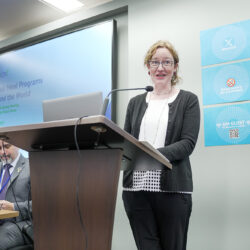
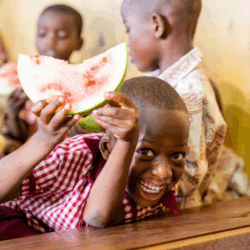
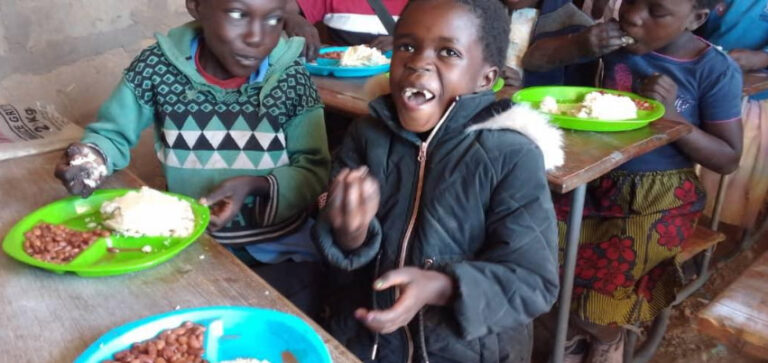

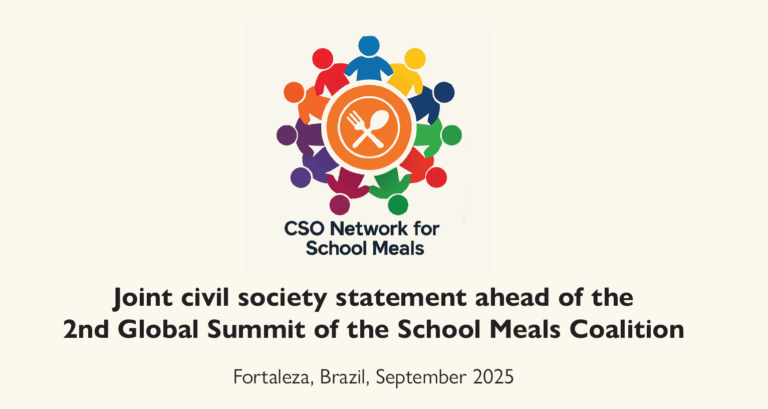

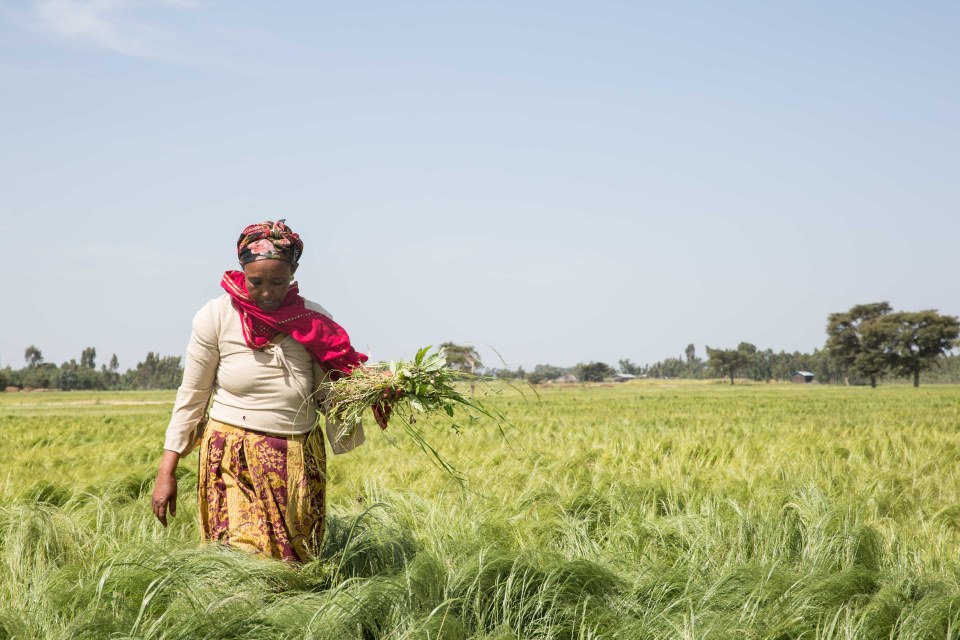
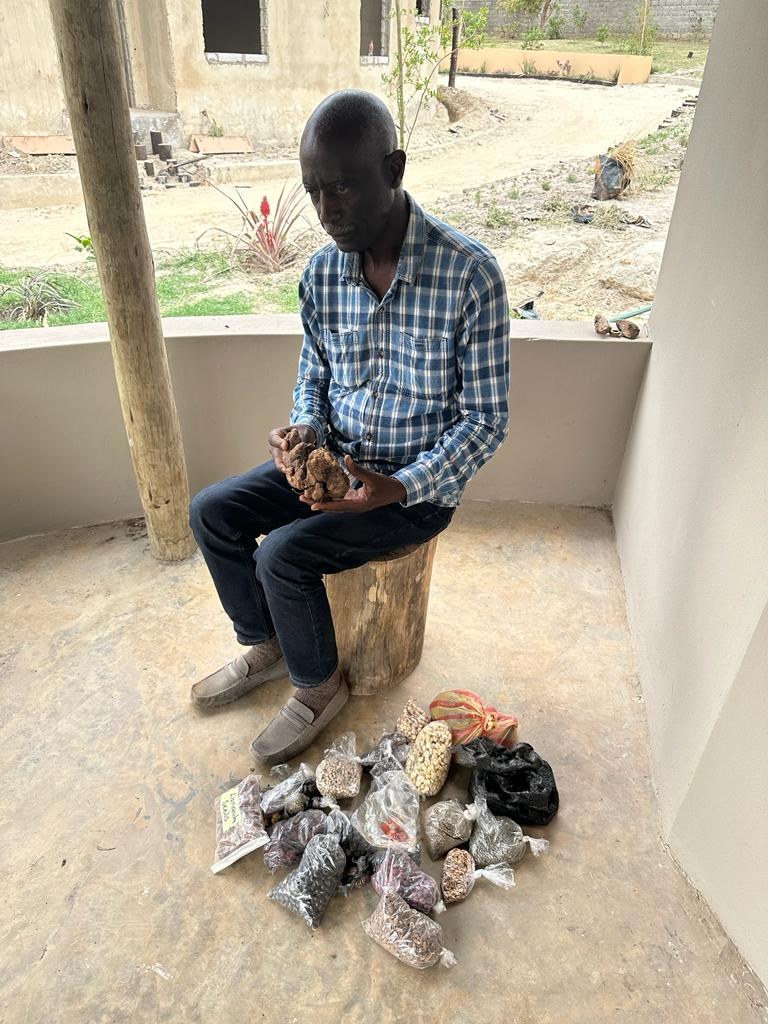

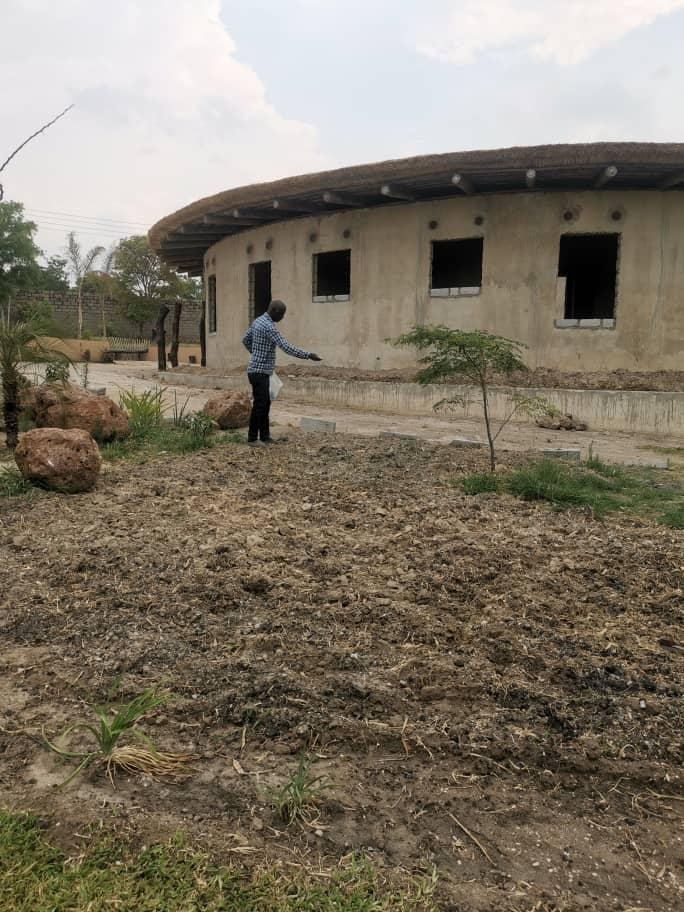
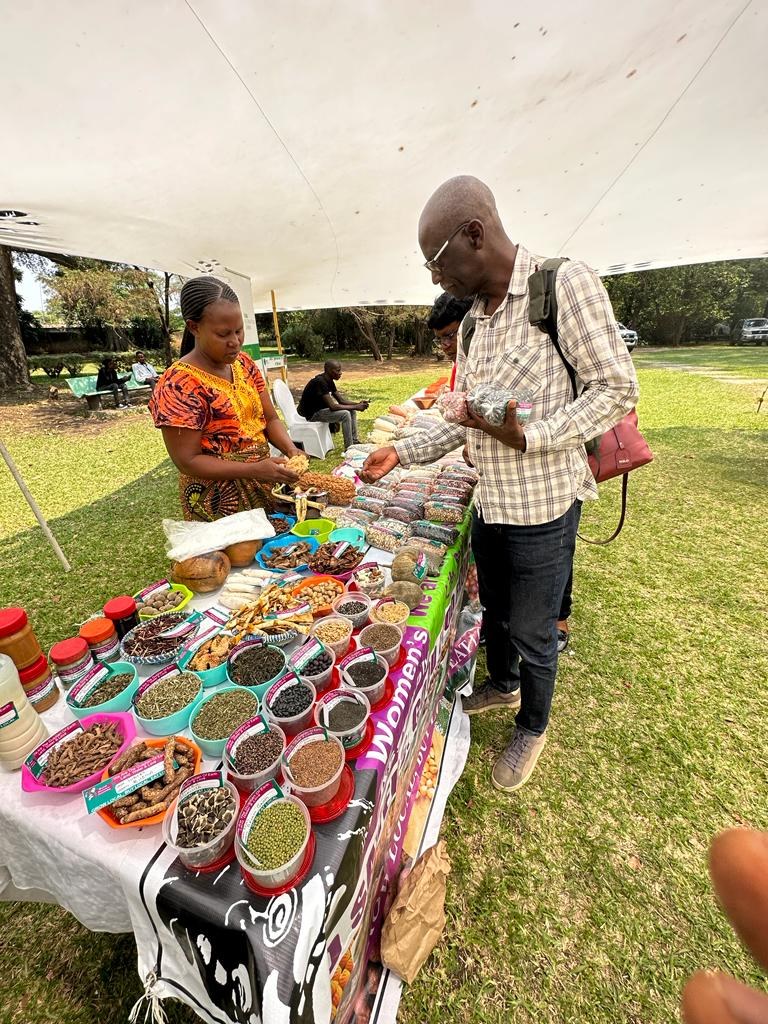
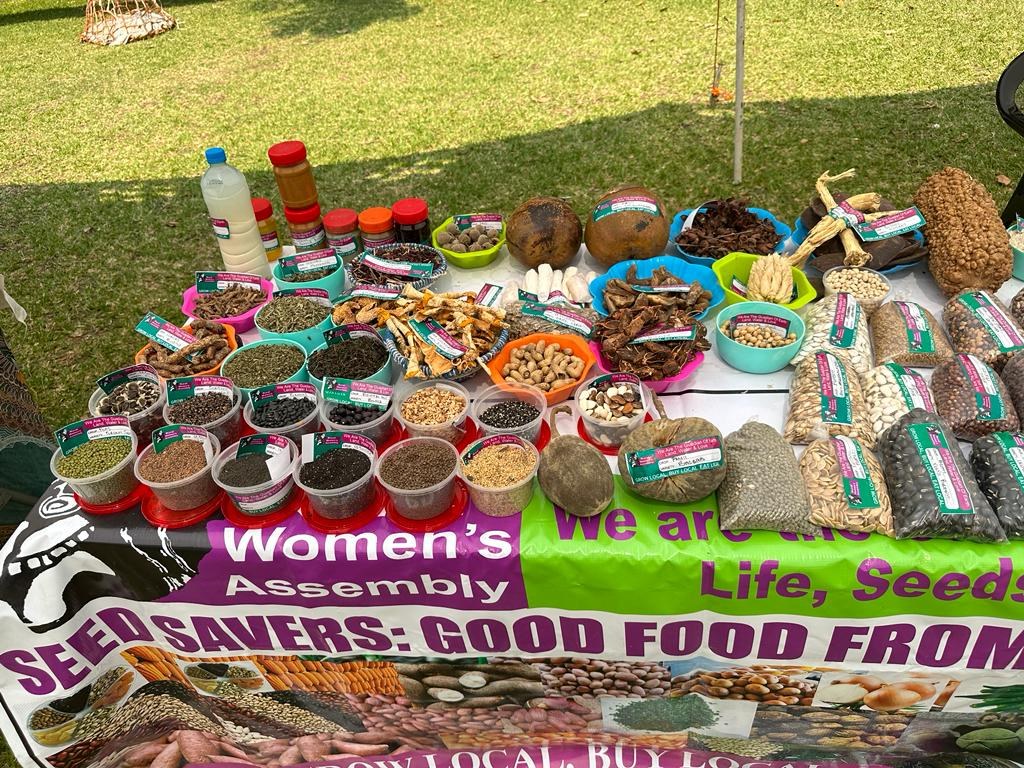
No comment yet, add your voice below!